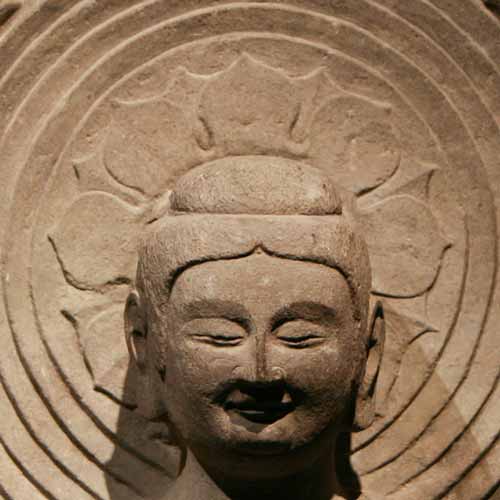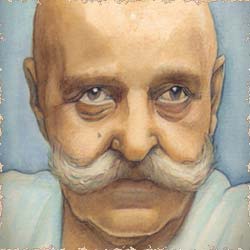
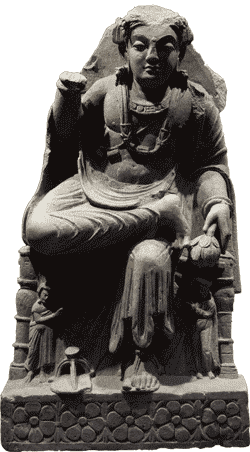
The Buddha
Alongside this literal or exoteric teaching, however, there existed an esoteric Buddhism. While the exoteric spoke literally, the esoteric instructed metaphorically. It raised a mirror before practitioners, inviting them to learn by examining themselves. This esoteric Buddhism placed the initiative on the shoulders of the practitioner. He or she had to take a step towards truth. Then the teaching would either confirm or challenge their observations. The premise behind this method is that truth cannot be expressed literally without being corrupted, but it can be experienced. Therefore, truth should be taught, not through explicit instruction, but through reflection. “Pure knowledge cannot be transmitted,” said George Gurdjieff, “but by being expressed in symbols it is covered by them as by a veil, although at the same time for those who desire and who know how to look this veil becomes transparent.”i

The Buddha

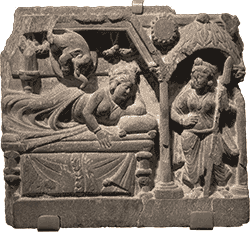
Conception of Prince Siddhartha
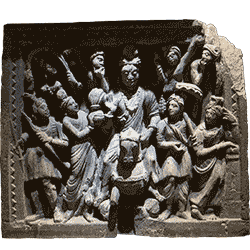
Siddhartha’s Departure from the Palace
Esoteric Buddhism in Early Temples
As the Buddha himself was the obvious example of a being who had traversed the path to truth, esoteric Buddhism reflected the nature of this journey through the story of the Buddha’s life. Each phase of his development represented the path and pitfalls to self-realization. Accordingly, episodes from the life of the Buddha lined the walls of early Buddhist temples. Scenes of his mother’s auspicious conception, the birth, the first seven steps, the gradual realization of being imprisoned — all the way to enlightenment under the Bodhi tree, decorated the temple walls. Exoterically, the decorative scheme was acquainting the worshiper with the story of the life of the founder of Buddhism. Esoterically, however, through reflection, the practitioner was learning the steps that lead from imprisonment to liberation.

Conception of Prince Siddhartha

Siddhartha’s Departure from the Palace

Siddhartha Encountering Old Age
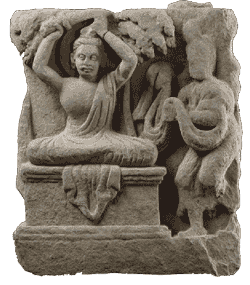
Siddhartha Renouncing the World

Siddhartha Encountering Old Age

Siddhartha Renouncing the World


Esoteric Buddhism on Conception and Birth
Since the mother of the Buddha-to-be naturally plays a central role in his conception, his life story begins with her. Queen Maya is described as ‘pure, chaste, loyal to her husband, and generous to her subjects.’ ‘Maya’ is Sanskrit for ‘deceit,’ and the queen earns this title for being free of all deceit. The Buddhacarita compares her to, “… the splendor of the sun when it is free from all the influence of darkness.” This immaculate nature of the mother will prove crucial for launching the Buddha’s earthly life in its destined direction.
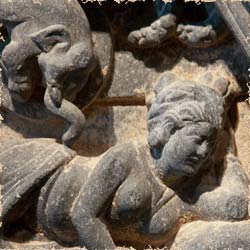
Conception of Prince Siddhartha | Detail of Elephant

The Esoteric Interpretation of Buddha’s Conception and Birth
Queen Maya conceives Siddhartha at night—understandably, for intercourse between husband and wife typically occurs in bed at nighttime—although Maya’s conception is anything but typical. In a dream, she is transported to the Himalayas, where a six-tusked white elephant touches her right side. An early Buddhist relief illustrates this ‘immaculate conception’, displaying the queen reclined, the haloed elephant descending towards her, and its tusk tapping her right side. In early renditions of this scene, despite it being nighttime, a sunny orb shines over Maya’s pavilion. The contrast between apparent darkness and imminent light will underlie this fateful moment, as well as the rest of Siddhartha’s destiny.

Conception of Prince Siddhartha | Detail of Elephant
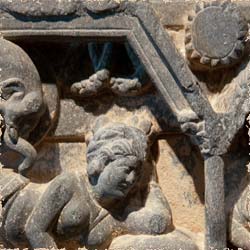
Conception of Prince Siddhartha | Detail of Sun

Conception of Prince Siddhartha | Detail of Sun
Our psychology perpetually harbors thoughts that stimulate emotions. We think of the long day ahead and feel dread. We recall a compliment received last night and feel satisfaction. The internal coupling of thoughts with emotions is ongoing. Herein lies the importance of Queen Maya’s purity and chastity. The heart indiscriminately amplifies our random thoughts just as an echo chamber indiscriminately amplifies anything it harbors. To use the mechanism of the heart properly, we must learn to bar useless thoughts from entering it. The Dhammapada confirms this esoteric interpretation: “Those who control the mind which wanders afar [source of associative thoughts]… and which resides in the inner cavern of the heart [amplifying mechanism], will liberate themselves from the shackles of Mara.”
“When a man who has his real I… pronounces to himself the words “I am,” explains George Gurdjieff, “then there always proceeds in him, in his “solar plexus,” a “reverberation,” something like a vibration or a feeling.”ii In describing the Buddha-to-be’s conception, esoteric Buddhism outlines the fundamental principle of prayer. A potent thought or mantra can potentially trigger profound emotion. In this way, recitation of thoughts can alter our emotional state, provided we first purify our hearts from associative thinking.


Esoteric Buddhism on Our Psychological Prison
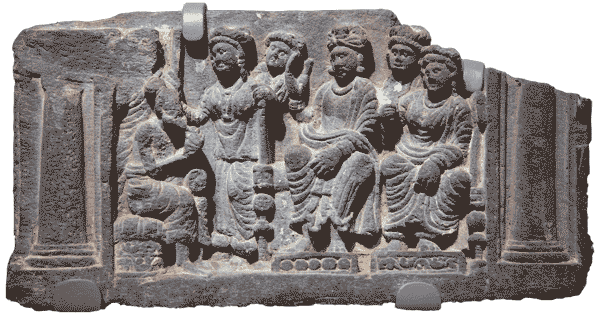
Maya and Suddhodana Consulting Brahmin
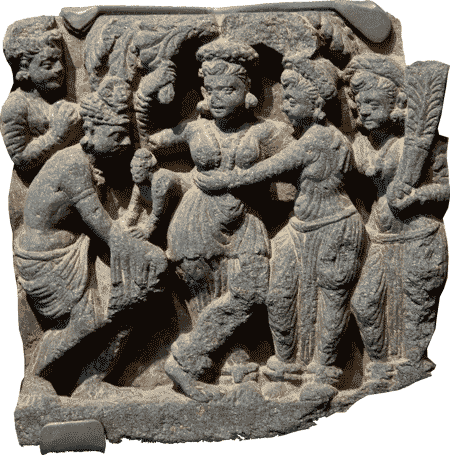
Queen Maya Giving Birth

Queen Maya Giving Birth
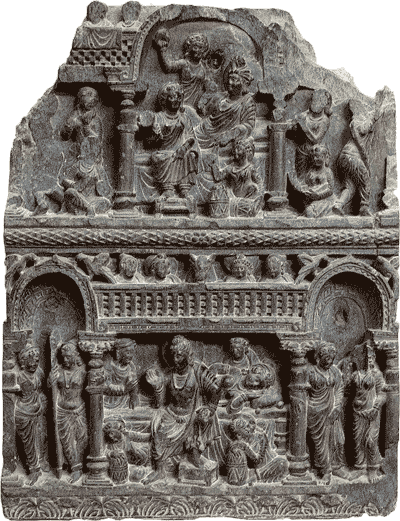
Prince Siddhartha in his Palace

Prince Siddhartha in his Palace

Alongside this fundamental point, Esoteric Buddhism stresses another element: we are ignorant of our own subjectivity. Siddhartha is imprisoned in his palace unawares. Needless to say, as long as he dwells in this bubble unsuspectingly, he will never make any effort to escape it. “Gurdjieff often returned… to this example of “prison” and “escape from prison” in his talks,” said Peter Ouspensky. “Sometimes he began with it, and then his favorite statement was that, if a man in prison was at any time to have a chance of escape, then he must first of all realize that he is in prison.”i
[To be continued…]


Sources
- In Search of the Miraculous by Peter Deminaovich Ouspensky
- Life is Only Real Then, When ‘I Am’ by George Gurdjieff

